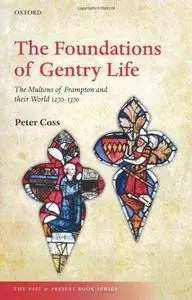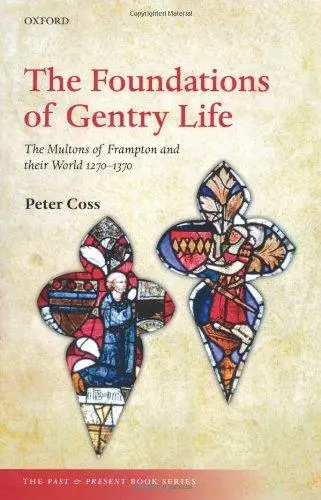The Foundations of Gentry Life: The Multons of Frampton and their World 1270-1370 (The Past & Present Book Series) By Peter Coss
2010 | 320 Pages | ISBN: 0199560005 | PDF | 5 MB
2010 | 320 Pages | ISBN: 0199560005 | PDF | 5 MB
In The Foundations of Gentry Life, Peter Coss examines the formative years of the English gentry. In doing so, he explains their lasting characteristics during a long history as a social elite, including adaptability to change and openness to upward mobility from below, chiefly from the professions. Revolving around the rich archive left by the Multons of Frampton in South Lincolnshire, the book explores the material culture of the gentry, their concern with fashion and their obsession with display. It pays close attention to the visitors to their homes, and to the social relationships between men and women. Coss shows that the gentry household was a literate community, within a literate local world, and he studies closely the consumption of literature, paying particular attention to household entertainment.Beyond their households, then gentry could assert their pre-eminence in the local community through involvement with the Church and the management of their estates. Treating the relationship between gentry and Church in both devotional and institutional terms, Coss shows how religious practice was a means for the gentry to assert social dominance, and they increasingly treated the Church as a career path for their kin. Protecting their estates was of similar importance, and legal expertise was highly prized-it consequently provided a major means of entry into the gentry, as well as offering further opportunities for younger sons. Overall, Coss reveals that the cultural horizons of the gentry were essentially local. Nevertheless there were wider dimensions, and the book concludes with observations on how national and chivalric concerns interacted with the rhythms of regional life.



